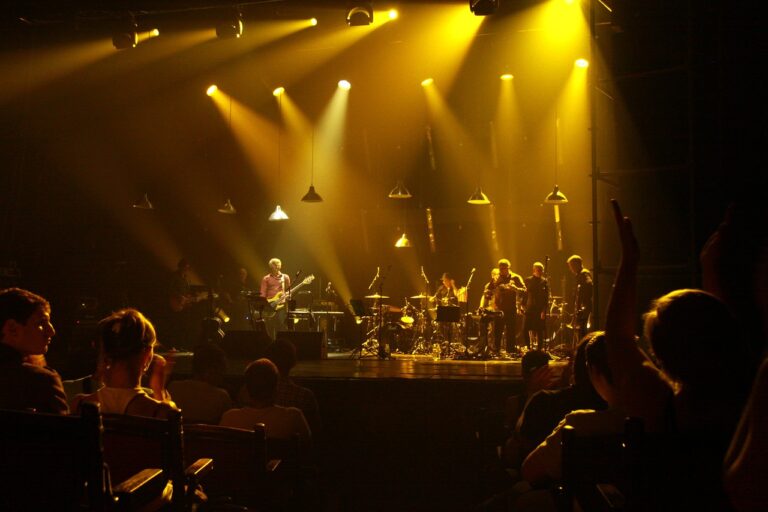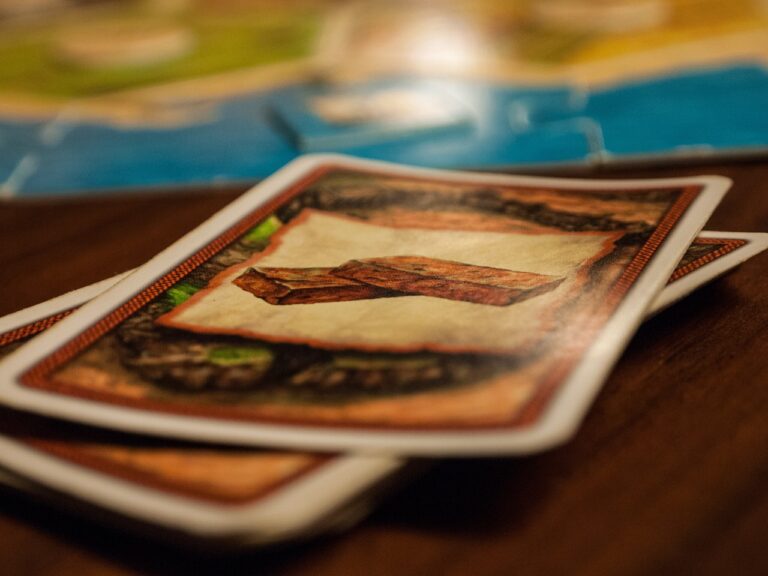Exploring the World of Immersive Escape Room Experiences
Escape rooms first originated in Japan in 2007 and were known as “Real Escape Games.” Takao Kato, the founder of SCRAP Entertainment, introduced the concept as a way to promote his company and engage customers in a new and interactive experience. The idea quickly gained popularity and soon spread to other countries around the world.
The concept of escape rooms continued to grow in popularity throughout the 2010s, with new companies and designs emerging in various cities. People were drawn to the challenge of solving puzzles, deciphering clues, and working together to escape the room within a limited time frame. The blend of problem-solving, teamwork, and immersive storytelling captivated participants, leading to the rise of the escape room industry.
The Evolution of Immersive Experiences
Immersive experiences have come a long way since their inception. Initially limited to traditional forms of entertainment such as live theater or theme park rides, the evolution of technology has revolutionized the way we engage with immersive experiences. From virtual reality to interactive storytelling, consumers now crave more intricate and engaging forms of entertainment that blur the lines between reality and fiction.
Furthermore, the rise of escape rooms has played a pivotal role in shaping the landscape of immersive experiences. By combining physical challenges with intricate narratives, escape rooms have sparked a wave of creativity in the entertainment industry. As a result, designers are constantly pushing boundaries to create immersive experiences that not only entertain but also challenge participants mentally and emotionally.
Designing an Immersive Escape Room
Immersive escape rooms have gained considerable popularity in recent years, offering participants an engaging and interactive experience. When designing such rooms, it is crucial to pay attention to every detail, from the storyline to the puzzles and the overall atmosphere. The goal is to create a space that fully immerses players in the narrative, making them feel like they are a part of a different world.
To achieve this level of immersion, designers often incorporate thematic elements, such as props, lighting, and sound effects, that enhance the overall ambiance of the room. Each puzzle should be carefully crafted to fit seamlessly into the storyline, providing challenges that are both engaging and rewarding for the participants. Additionally, the pacing of the game is essential to ensure that players remain fully engrossed in the experience from start to finish.





